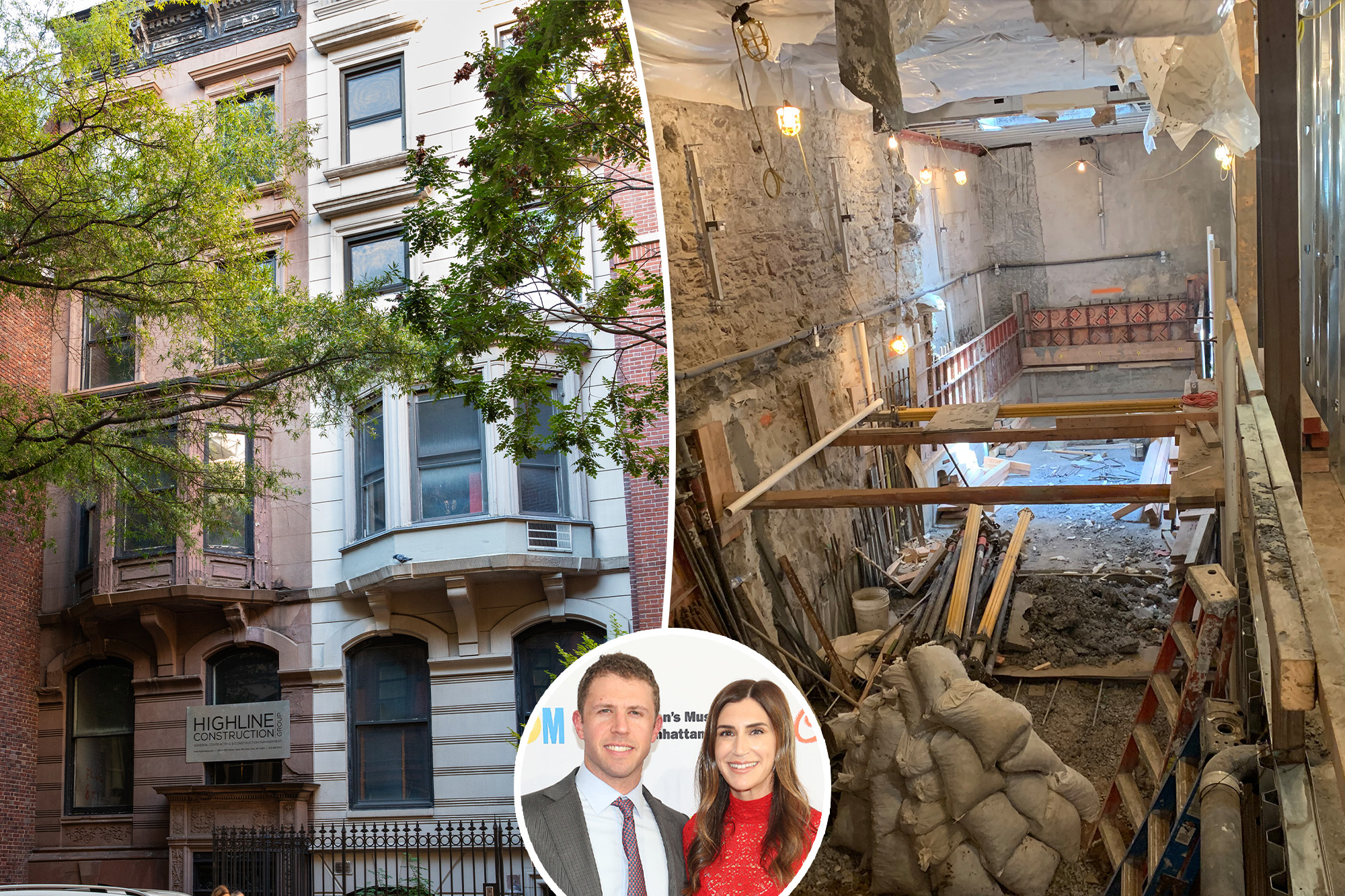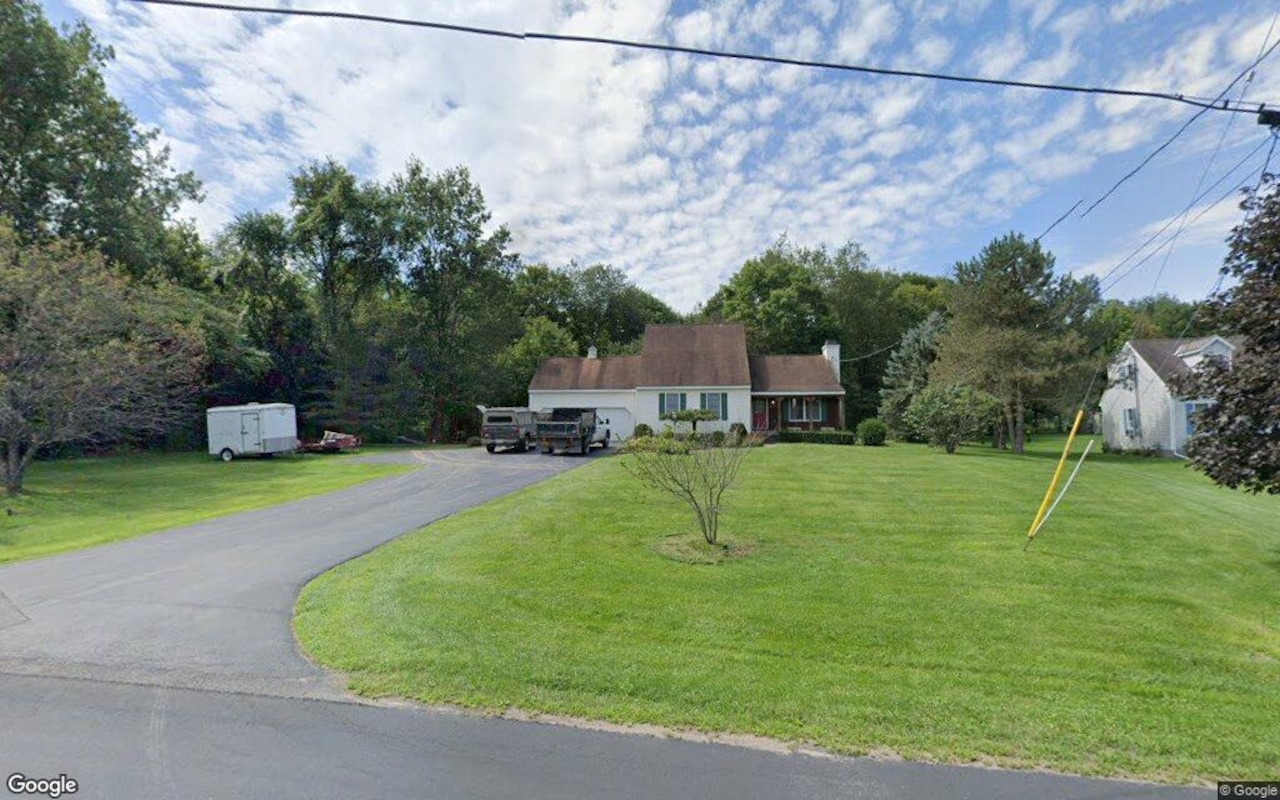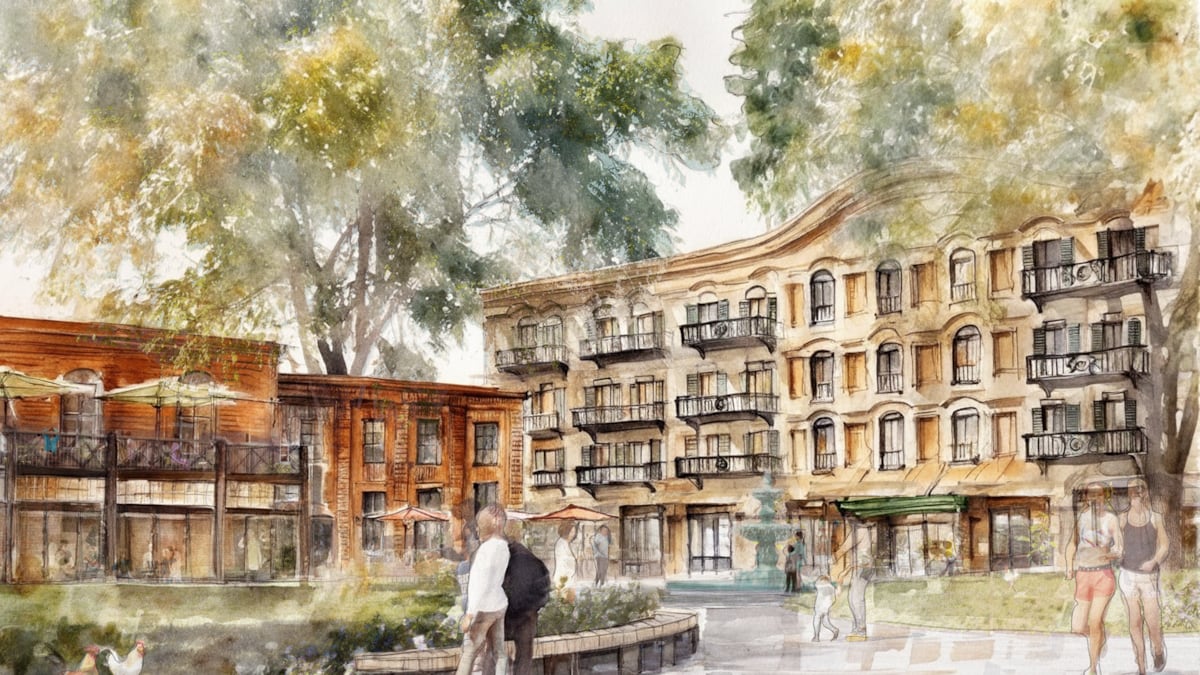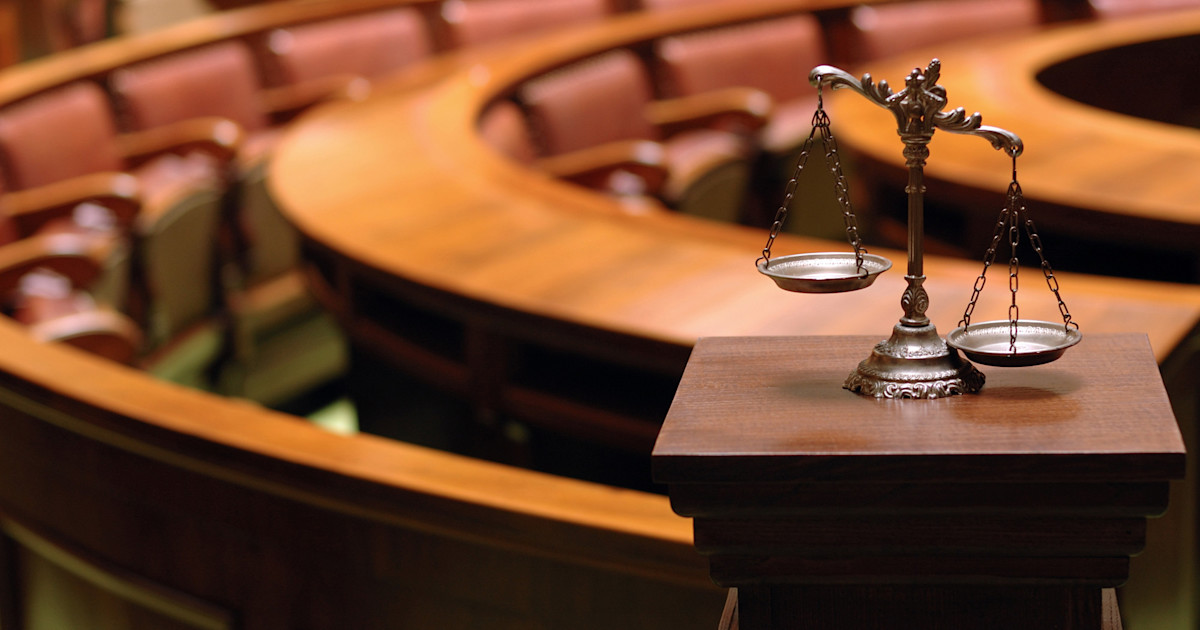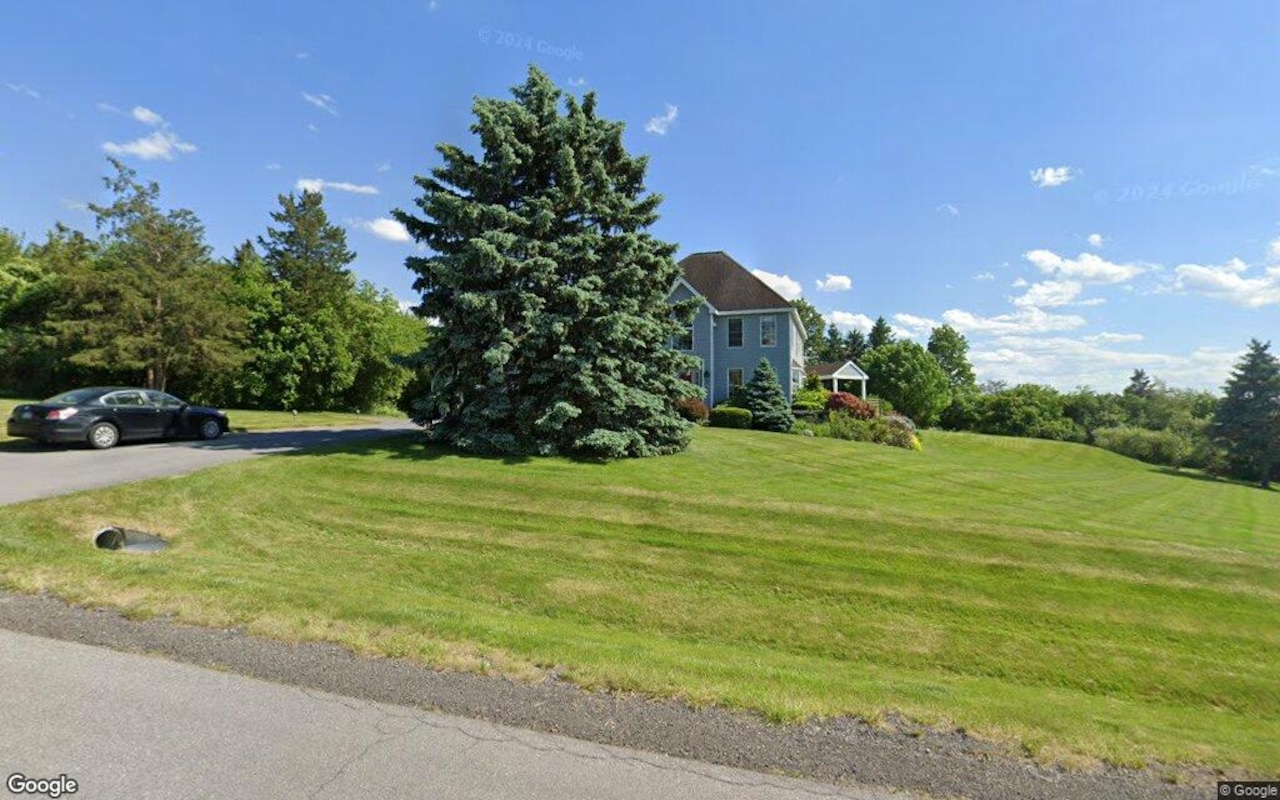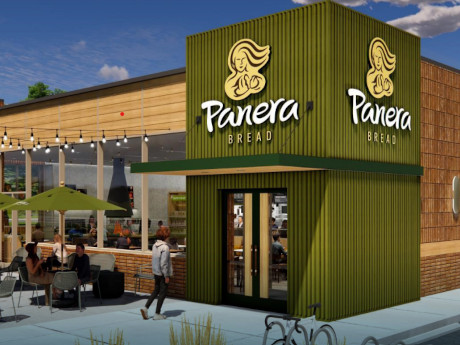A
wealthy Upper East Side family plans to install a private underground pool in the cellar of their townhouse at 15‑17 East 77th Street, a property they purchased in May 2023 for $30 million. The owners, Brittany Morgan (39) of Morgan Properties and her husband Zachary Kurz (39), a hedge‑fund manager, have filed plans to gut‑renovate and expand the two‑story residence, though the full cost remains undisclosed.
The project has not yet begun, but the neighboring townhouse—occupied by a retired dermatologist and her ophthalmologist husband, both in their mid‑70s—has taken legal action to block the pool portion of the renovation. The doctors, who bought their home in 2003 for $5.22 million, argue that the extensive excavation required—nearly a year of jackhammering through Manhattan schist—poses serious health risks and threatens the integrity of their property.
Under New York law, a construction project may encroach on adjacent land if proper safeguards, such as scaffolding and a licensing agreement, are in place. Despite months of negotiations, the parties remain at odds. In August, Morgan and Kurz sued for access to the doctors’ rear yard, while in September the doctors countersued for adverse possession, claiming the work would intrude on a one‑foot slice of their backyard that they have landscaped.
Court filings describe the project as a private nuisance that would “upend the doctors’ lives” and cause “irreparable injury” to the elderly man with breathing problems and to a home filled with valuable belongings. The doctors’ lawyer, David Peraino, urged the pool owners to scale back the project, citing the inconvenience and health hazards. The pool owners’ attorney, Kevin Grande, dismissed the claims as “palpably unreasonable,” arguing that a modest licensing fee of $500 a month would suffice for a scaffold on the roof.
The excavation would reach up to 24 feet below the existing rear yard elevation, employing pile‑drilling rigs, conveyors, mini‑excavators, jackhammers, bobcats, and concrete trucks during weekday hours. An additional 23 nearby addresses would be monitored for exterior impact. The doctors contend that the disruption is far from trivial, especially given the potential for dust and vibration to damage their wine collection, folk‑art pieces, and a valuable chandelier. They estimate that protecting 168 items of artwork, glassware, light fixtures, and antique furniture could cost $14,000 for wine storage and $49,000 for art, or $157,000–$204,000 for post‑construction cleaning at $400 an hour.
Licensing fee disputes also persist. While some documents mention $3,500–$4,000 a month, the doctors have proposed $20,000 a month, increasing if the project overruns. The pool owners counter that the doctors’ demands are excessive and that the project offers no community benefit, merely serving one party at the expense of neighbors.
The legal battle has drawn attention to the rarity of subterranean pools in Manhattan townhouses. The Department of Buildings does not track them, as they require no separate permit. According to Bob Blanda, owner of Mill Bergen Pools in Brooklyn, there are roughly 50 such pools in the city, with his company building at least 15 in the past eight years. Blanda notes that the work is labor‑intensive and costly: foundations must be underpinned, rock split with a rock splitter, debris removed by conveyor, and parking logistics add to expenses. Insurance for such projects can reach $5 million liability, far higher than in the boroughs.
John Dugan, president of American Pool in New York, reports that private underground pools are rarely used. “When kids reach about 12, they’re more interested in friends than a home pool,” he says.
The dispute remains unresolved. The doctors’ lawyer highlighted the health risks, citing the plaintiff’s asthma and lung nodules, and the potential need for temporary relocation if air monitoring shows unsafe particulate levels. The pool owners’ lawyer argued that without access to the doctors’ property, the renovation cannot proceed, leaving the project incomplete and offering no benefit to the community.
Both sides have declined to comment further. The case continues to unfold on the leafy Upper East Side block, with the outcome hinging on whether the excavation can be conducted safely and whether the neighbors’ concerns can be adequately addressed.
